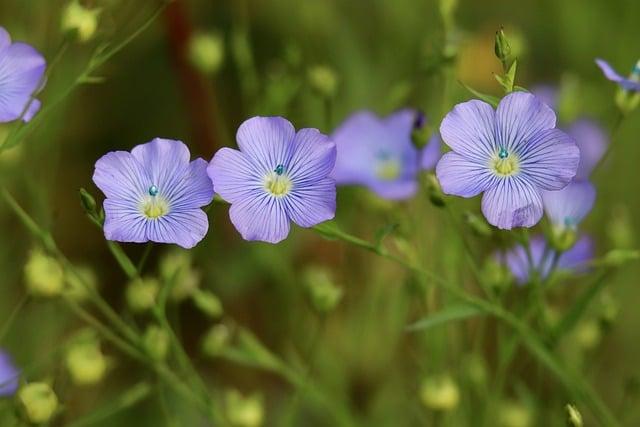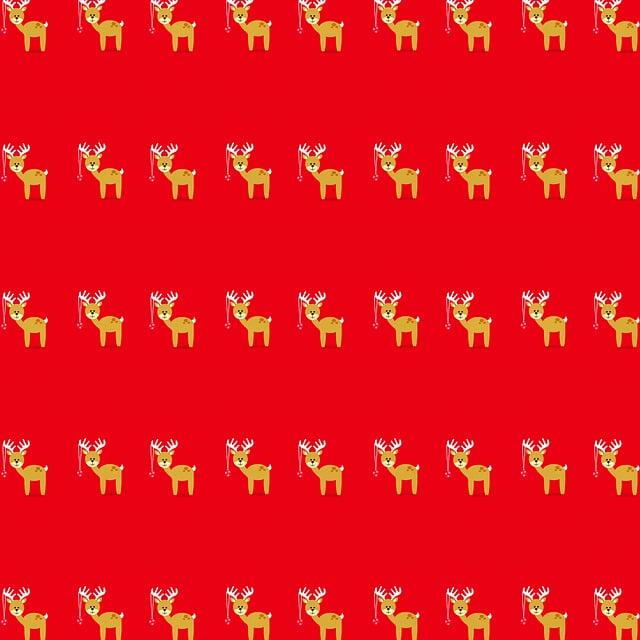In ancient times, as winter’s chill enveloped the land, the Romans crafted circular wreaths from evergreen branches. These circles symbolized eternal life, a reminder that even in the darkest days, hope endures. As the years passed, this tradition evolved, intertwining with Christian beliefs. The wreath became a symbol of Christ’s unending love, adorned with candles to represent the light He brought into the world. Today, as we hang wreaths on our doors, we carry forward a legacy of resilience and hope, celebrating the warmth of life amidst the cold.
Table of Contents
- The Historical Roots of the Christmas Wreath
- Symbolism and Significance in Holiday Traditions
- Crafting Your Own Wreath: A Personal Touch to Festive Decor
- Modern Interpretations and Sustainable Practices in Wreath Making
- Q&A
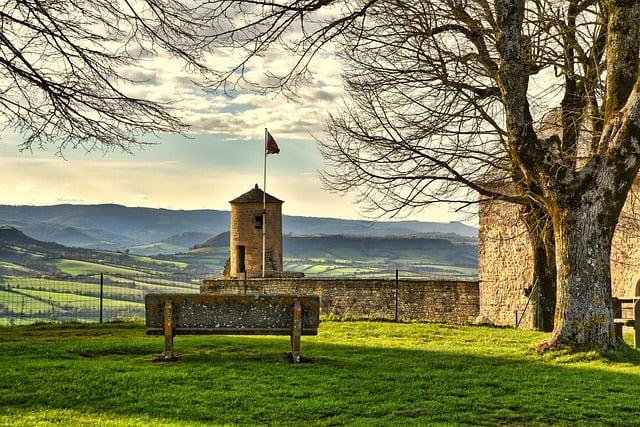
The Historical Roots of the Christmas Wreath
The Christmas wreath, with its circular form and lush greenery, has deep historical roots that intertwine with various cultural traditions. Originating from ancient civilizations, the wreath was initially a symbol of victory and strength. The Romans, for instance, crafted laurel wreaths to honor their champions, while the ancient Greeks used them to celebrate athletic achievements. Over time, this circular decoration evolved, finding its way into Christian symbolism, where it began to represent eternal life and the unending love of God. The use of evergreens, such as fir and pine, in wreath-making further emphasized this idea, as these plants remain vibrant even in the harshest winters, symbolizing hope and resilience.
As Christianity spread throughout Europe, the wreath took on new meanings and customs. In the Middle Ages, it became a popular decoration during the Advent season, marking the anticipation of Christ’s birth. The circular shape of the wreath was seen as a representation of God’s infinite love, while the four candles often placed within it symbolized the four weeks of Advent. Each candle, lit progressively, signified hope, peace, joy, and love. Today, the Christmas wreath continues to be a cherished decoration, embodying a rich tapestry of historical significance and spiritual meaning that transcends time and culture.
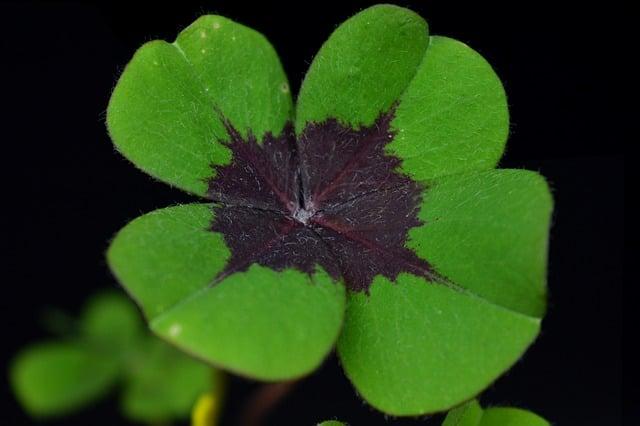
Symbolism and Significance in Holiday Traditions
The Christmas wreath, a beloved symbol of the holiday season, carries deep-rooted meanings that extend far beyond its decorative appeal. Traditionally crafted from evergreen branches, the wreath represents **eternal life** and **renewal**, reflecting the resilience of nature even in the coldest months. The circular shape signifies **wholeness** and **unity**, embodying the idea of continuity and the cyclical nature of life. As families gather around their wreaths, they are reminded of the bonds that connect them, both to one another and to the larger tapestry of life that persists through the seasons.
In addition to its representation of life and unity, the wreath often incorporates various elements that enhance its significance. **Red berries** symbolize the blood of Christ, while **pinecones** represent resurrection and new beginnings. The use of **ribbons** and **ornaments** adds a festive touch, but they also serve as reminders of the joy and hope that the season brings. Each component of the wreath tells a story, inviting reflection on the values of love, generosity, and community that are central to the holiday spirit. As such, the Christmas wreath stands not only as a decoration but as a profound emblem of the season’s deeper meanings.
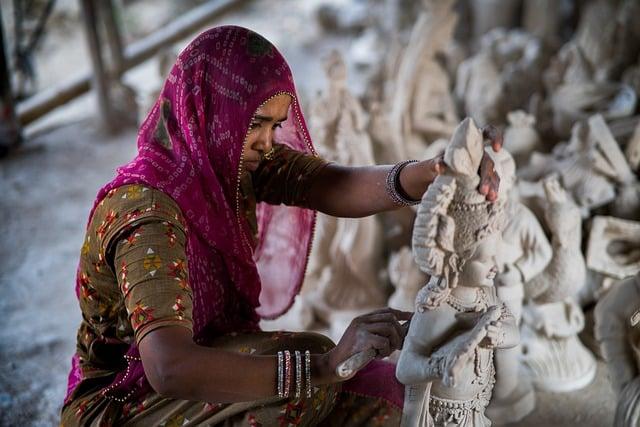
Crafting Your Own Wreath: A Personal Touch to Festive Decor
Creating your own wreath is not just about adorning your door; it’s a heartfelt expression of your personal style and the spirit of the season. Traditionally, wreaths symbolize eternity, with their circular shape representing the endless cycle of life. By incorporating elements that resonate with you, such as **natural foliage**, **colorful berries**, or **handcrafted ornaments**, you can transform this age-old symbol into a unique masterpiece that reflects your individuality. Each material you choose can carry its own significance, whether it’s the fragrant pine that evokes memories of winter or the vibrant ribbons that add a splash of joy.
As you embark on this creative journey, consider the stories you want your wreath to tell. You might opt for a rustic look with **dried flowers** and **twigs**, or perhaps a more modern aesthetic with **metallic accents** and **geometric shapes**. The beauty of crafting your own wreath lies in the freedom to experiment and innovate. Don’t shy away from mixing textures and colors; let your imagination guide you. Ultimately, your wreath will not only enhance your festive decor but also serve as a cherished reminder of the love and creativity you poured into it.

Modern Interpretations and Sustainable Practices in Wreath Making
In recent years, wreath making has evolved to embrace modern interpretations that reflect contemporary values and aesthetics. Artisans are now experimenting with a variety of materials, moving beyond traditional evergreen foliage to incorporate elements such as dried flowers, fruits, and even recycled items. This shift not only enhances the visual appeal of wreaths but also allows for a more personalized touch, enabling creators to express their unique style and seasonal themes. The use of vibrant colors and unconventional shapes has made wreaths a versatile decor item, suitable for various occasions beyond the holiday season.
Sustainability has become a cornerstone of modern wreath-making practices, as more crafters prioritize eco-friendly materials and methods. By sourcing local and seasonal foliage, wreath makers can reduce their carbon footprint while supporting local ecosystems. Additionally, many are opting for biodegradable or reusable components, such as:
- Natural twine instead of plastic ribbons
- Locally sourced greenery to minimize transportation emissions
- Dried flowers that can last for years
- Upcycled materials like old ornaments or fabric scraps
This commitment to sustainability not only honors the original symbolism of the wreath but also fosters a deeper connection to nature and community, making each creation a meaningful reflection of the values we hold today.
Q&A
-
What does the circular shape of the Christmas wreath symbolize?
The circular shape of the Christmas wreath represents eternity and the unending love of God. It signifies the cycle of life and the promise of renewal, making it a fitting decoration during the holiday season.
-
What materials are traditionally used in Christmas wreaths?
Christmas wreaths are often made from evergreen branches, which symbolize everlasting life. Other materials may include holly, pinecones, and berries, each adding to the wreath’s beauty and seasonal significance.
-
What is the significance of the colors used in Christmas wreaths?
The colors in Christmas wreaths carry deep meanings: green represents hope and renewal, red symbolizes the blood of Christ, and gold signifies royalty and divinity. Together, these colors enhance the wreath’s spiritual message.
-
How did the tradition of hanging wreaths during Christmas begin?
The tradition of hanging wreaths during Christmas has roots in ancient pagan practices, where wreaths were used to celebrate the winter solstice. Over time, this custom evolved into a Christian symbol of hope and joy during the Christmas season.
In essence, the Christmas wreath is more than a festive decoration; it embodies the spirit of continuity and hope. As we hang these circular symbols on our doors, we invite warmth and joy into our homes, celebrating the timeless traditions that unite us all.

大家好,我是彼得潘,專業的手法身體治療師。我喜歡探索和研究各種主題,並透過與人工智慧的合作分享專業、實用、有趣的文章。我們定期進行人工審核,以確保內容的準確性。如果您發現文章中有任何不準確的地方,請隨時與我們聯繫,我們會及時糾正。您可以透過 [email protected] 與我們聯繫。
